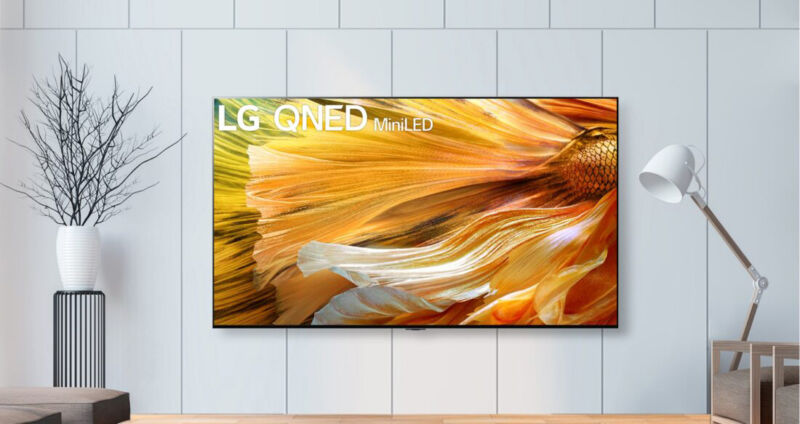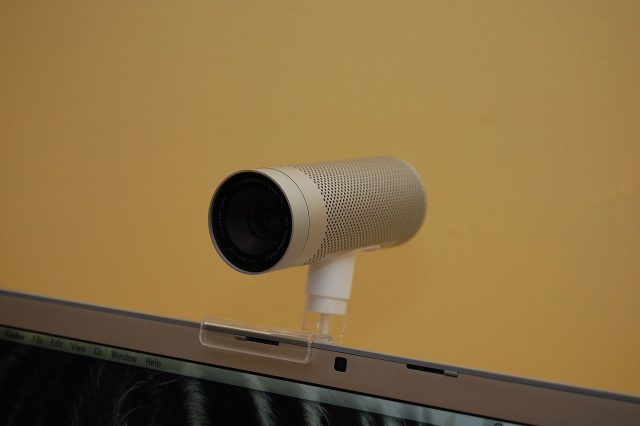
Enlarge / Lina M. Khan testifies during a Senate Commerce, Science, and Transportation Committee nomination hearing on Capitol Hill on April 21, 2021, in Washington, DC. (credit: Graeme Jennings-Pool/Getty Images)
Amazon filed a 25-page petition today with the Federal Trade Commission asking that Chairwoman Lina Khan recuse herself from antitrust investigations into the company.
Khan, a frequent critic of Amazon and other Big Tech firms, was appointed FTC chair less than two weeks ago. Though there has been plenty of speculation about her first moves, her short tenure to date means she hasn’t had much opportunity to file lawsuits or announce investigations. Amazon’s petition shows that its legal team hasn’t sat idle since her nomination as commissioner and subsequent appointment as chair.
“Although Amazon profoundly disagrees with Chair Khan’s conclusions about the company,” Amazon wrote in the petition, “it does not dispute her right to have spoken provocatively and at great length about it in her prior roles. But given her long track record of detailed pronouncements about Amazon and her repeated proclamations that Amazon has violated the antitrust laws, a reasonable observer would conclude that she no longer can consider the company’s antitrust defenses with an open mind.”









